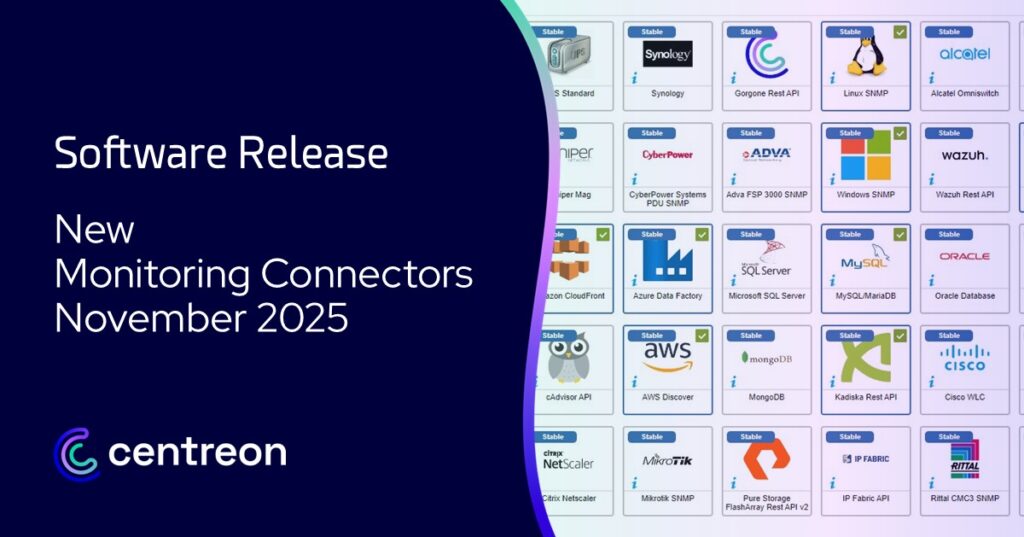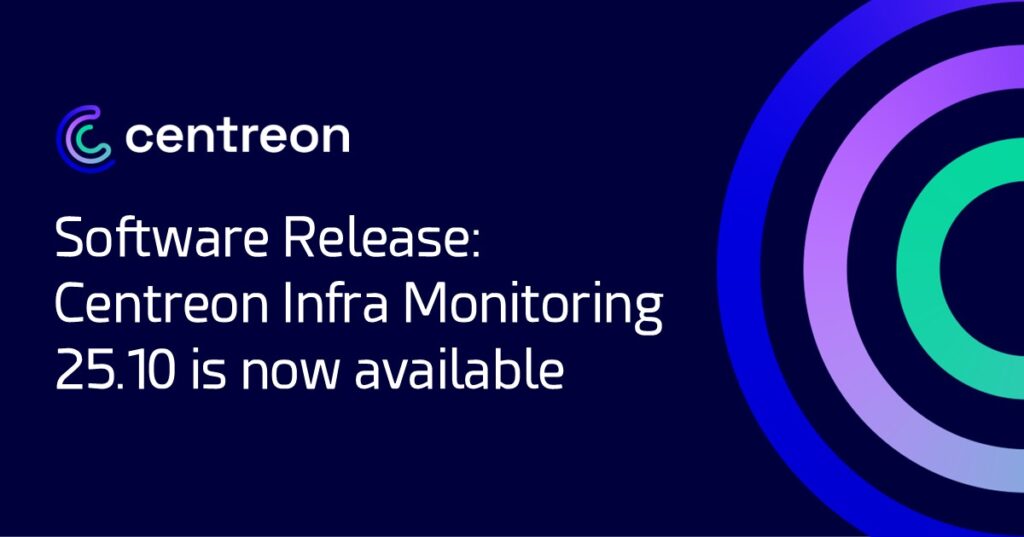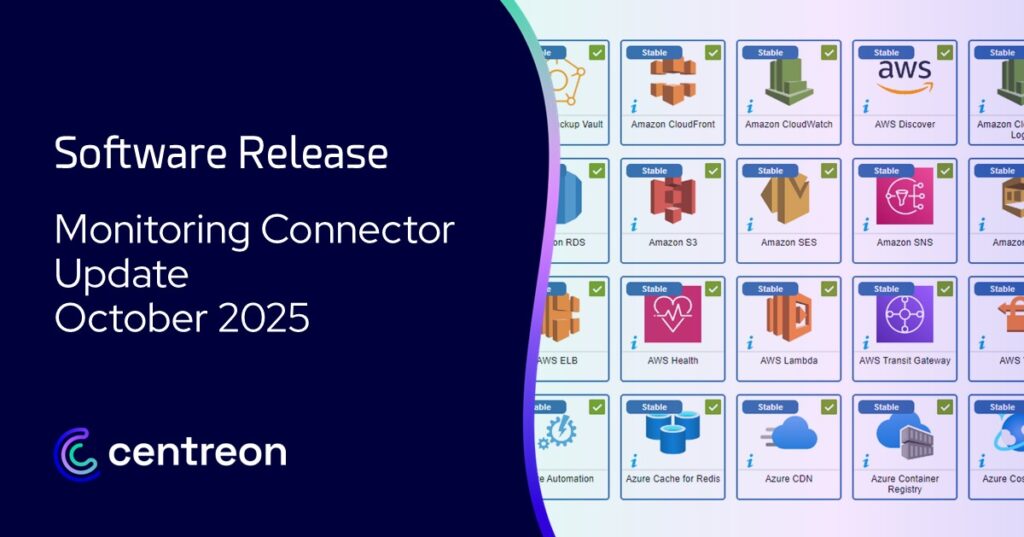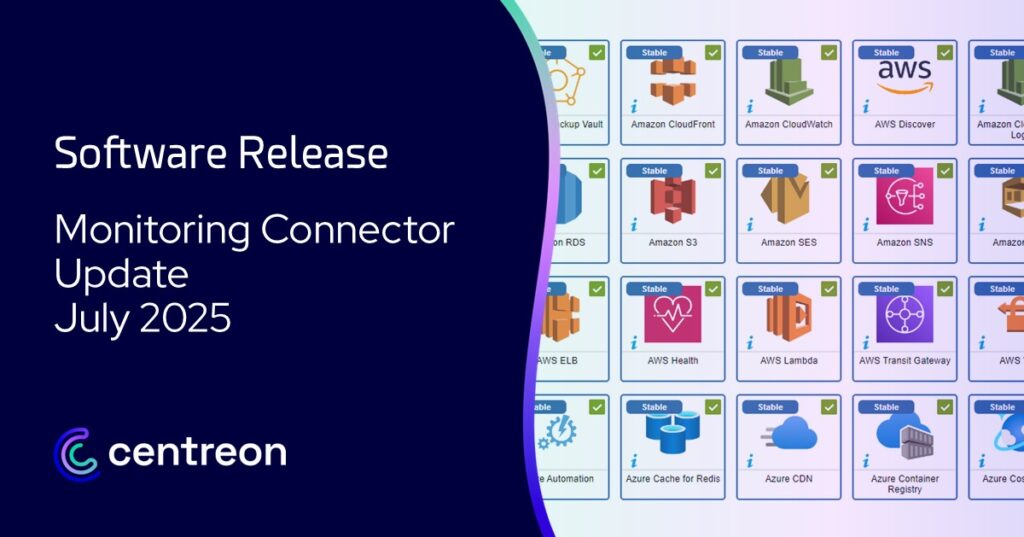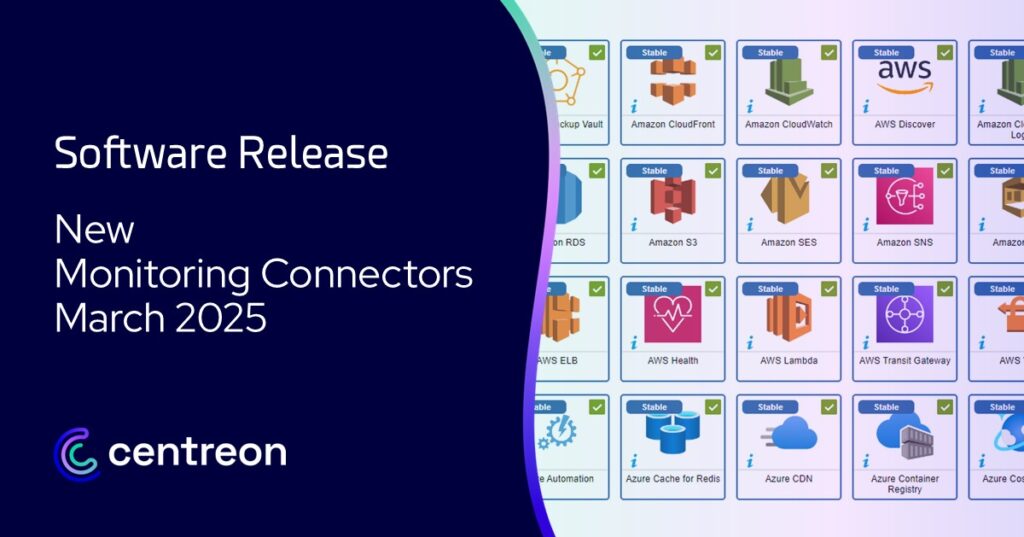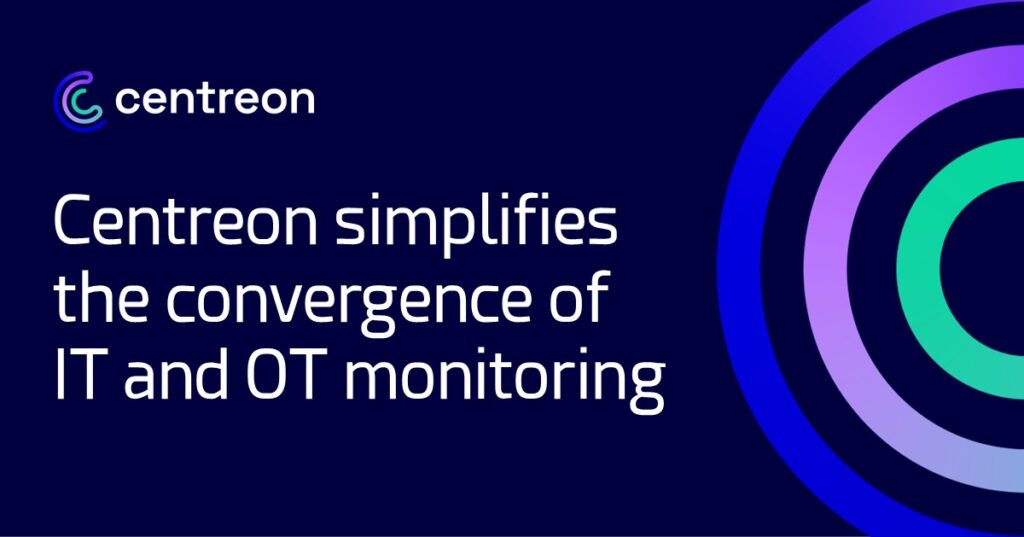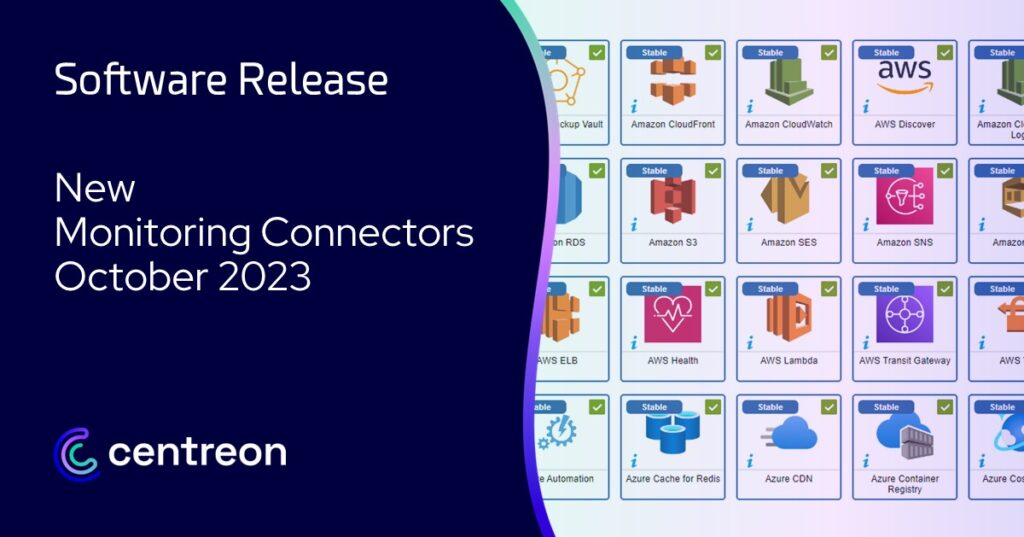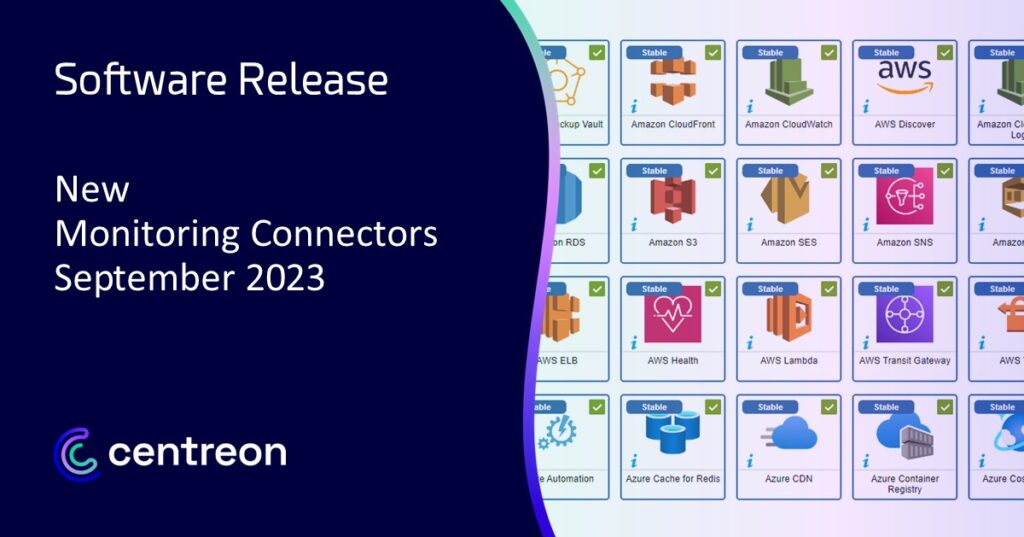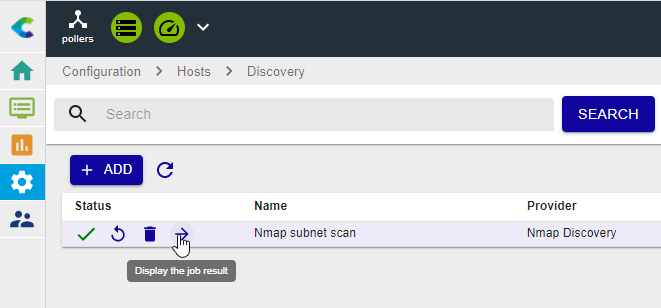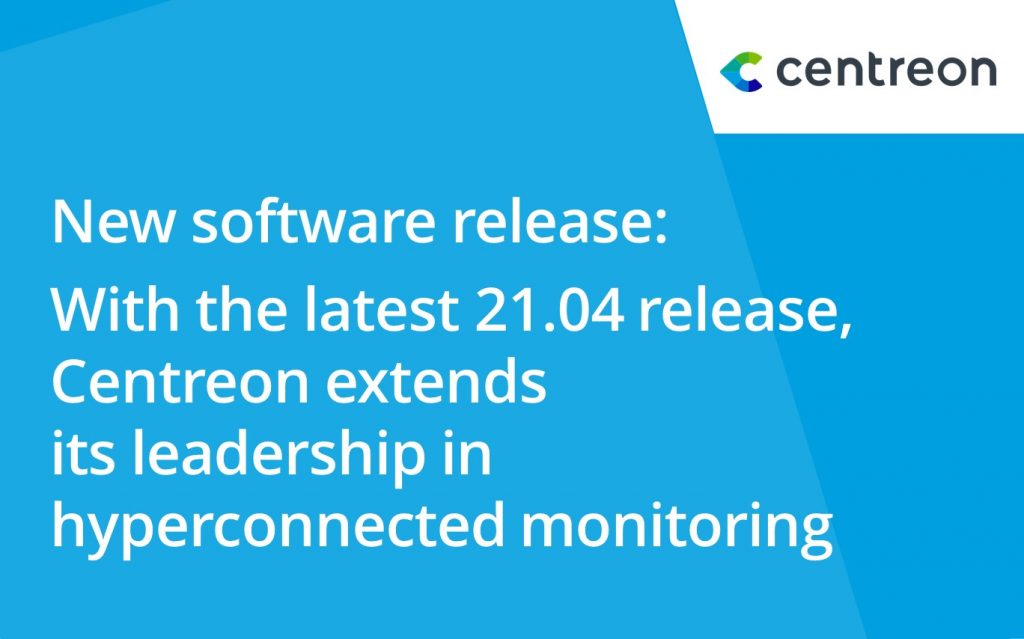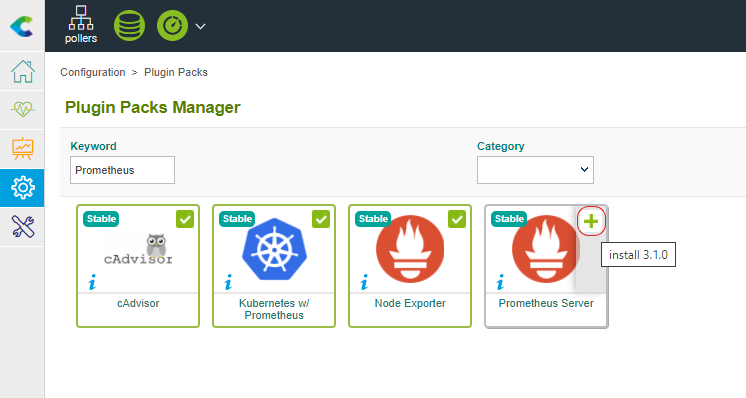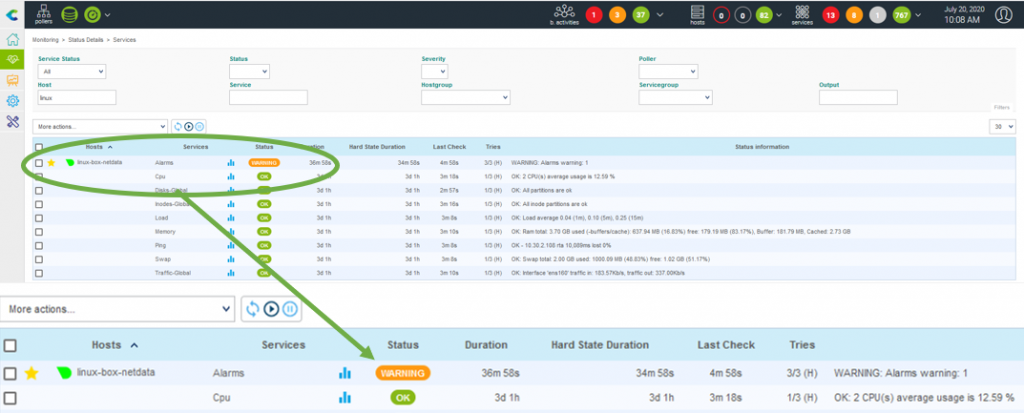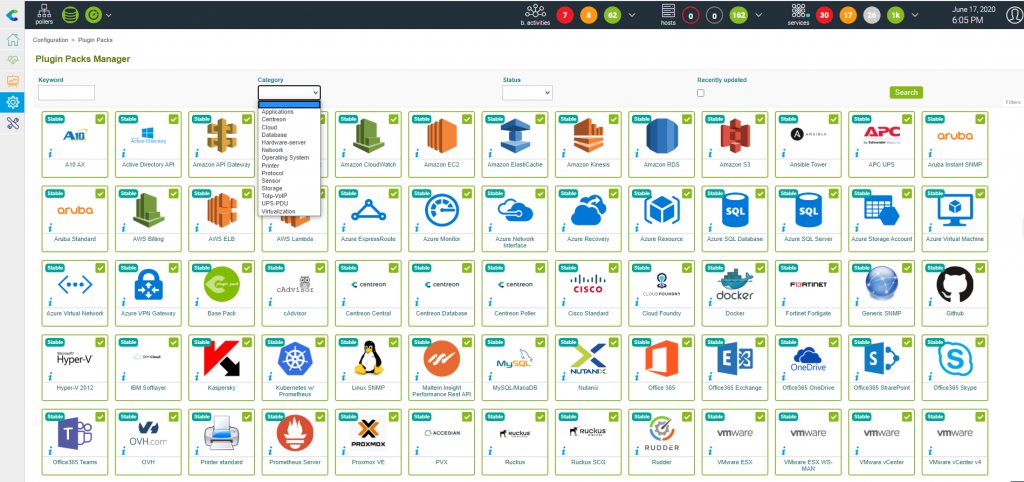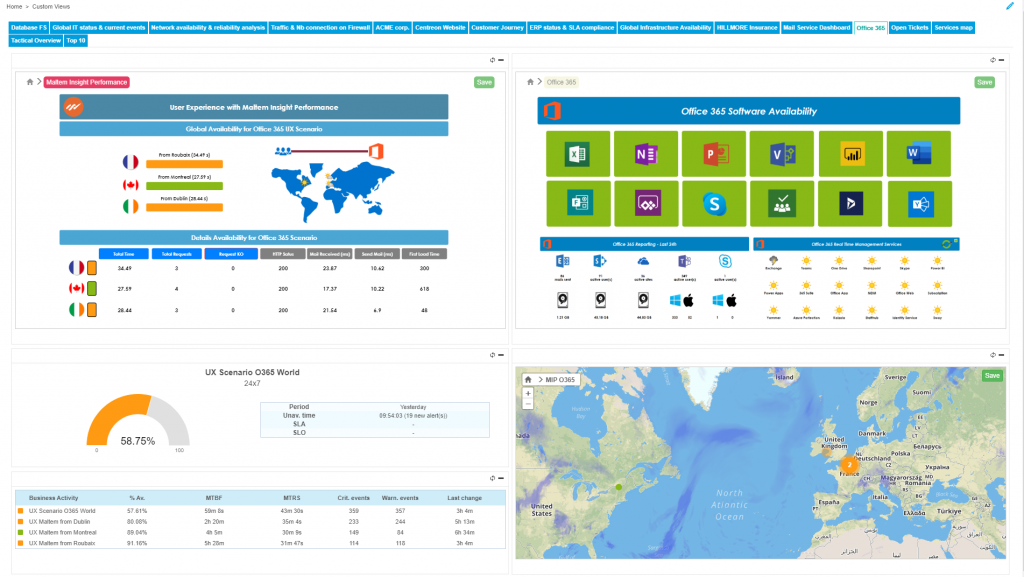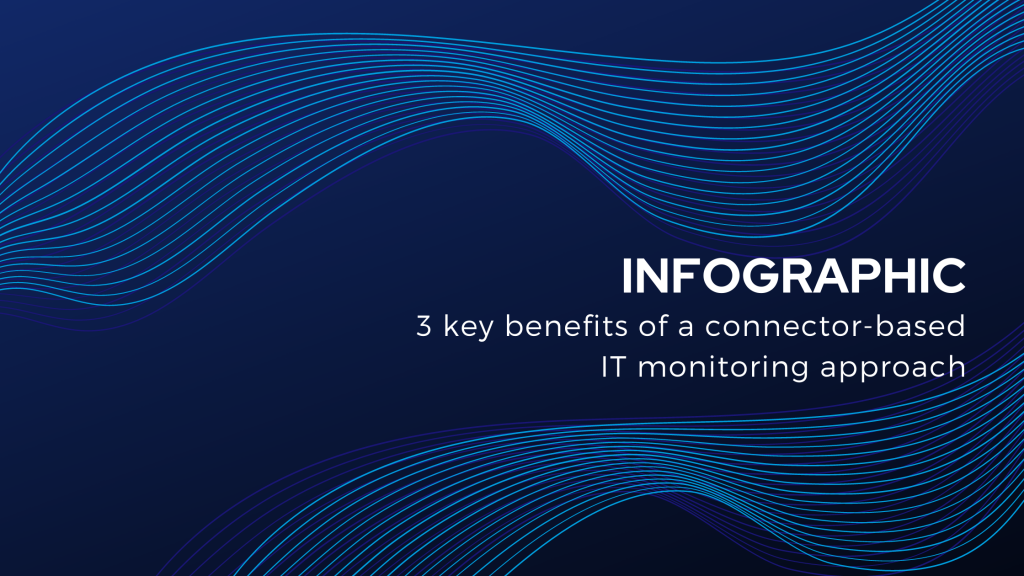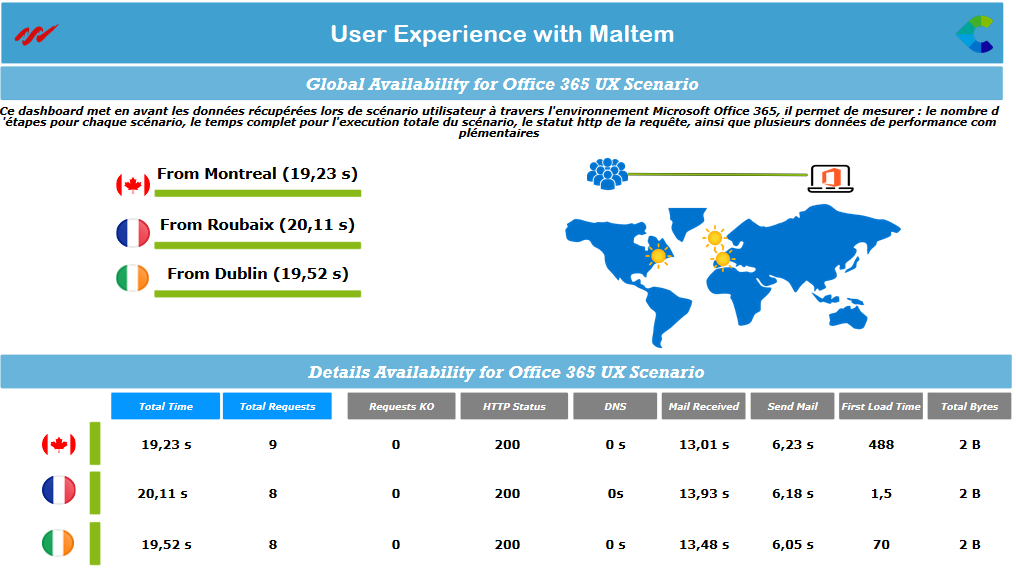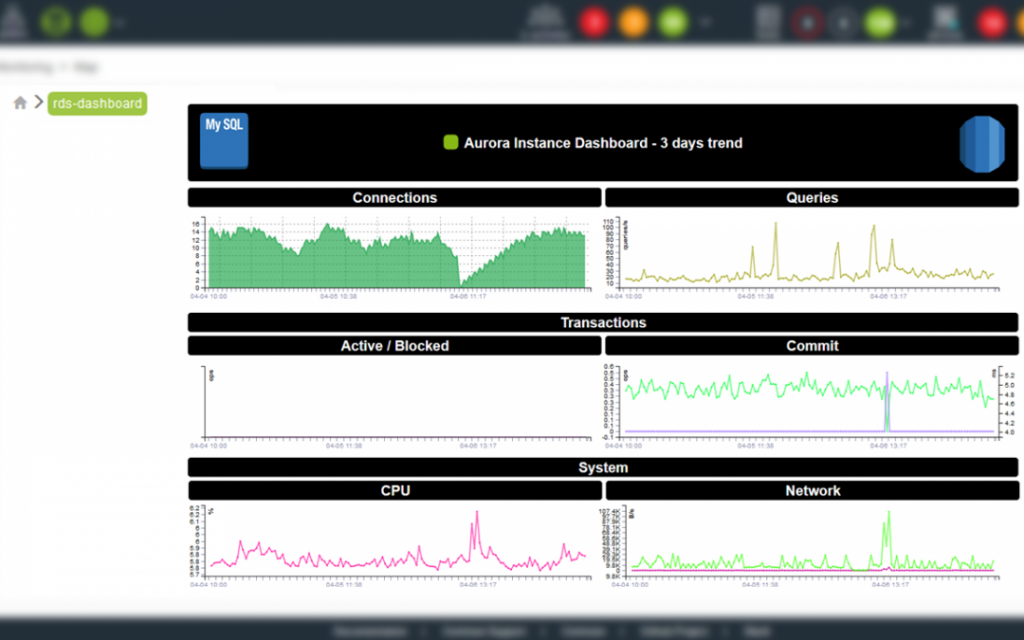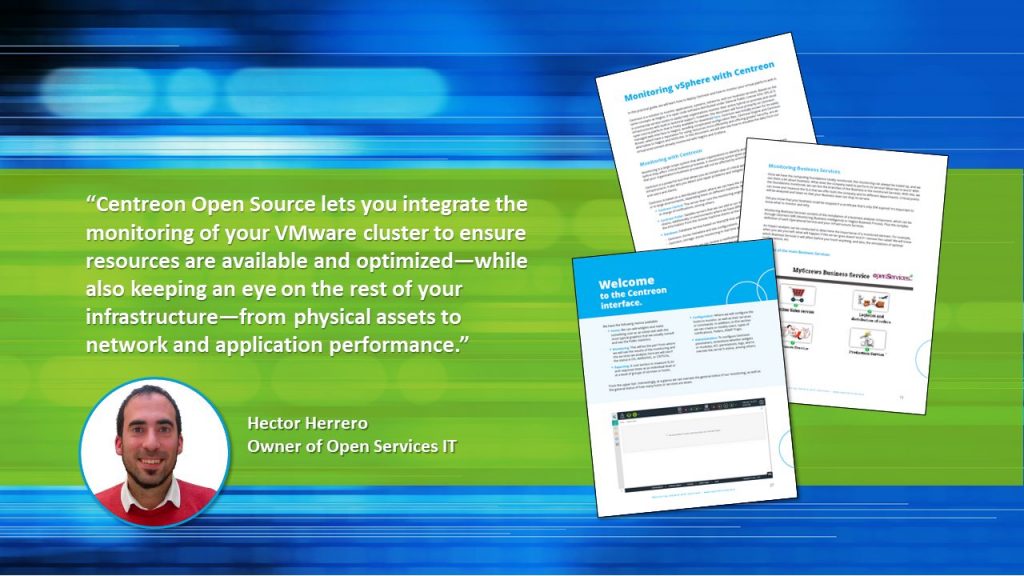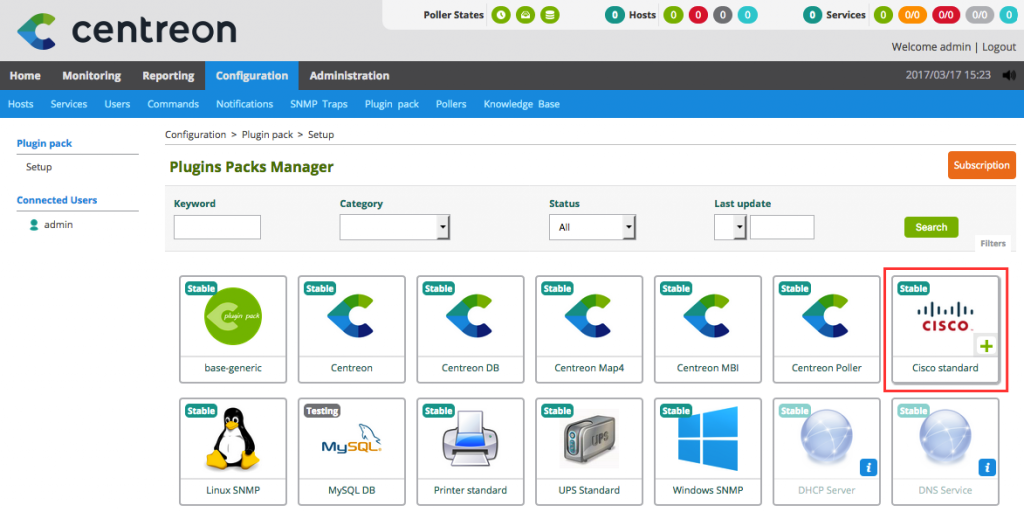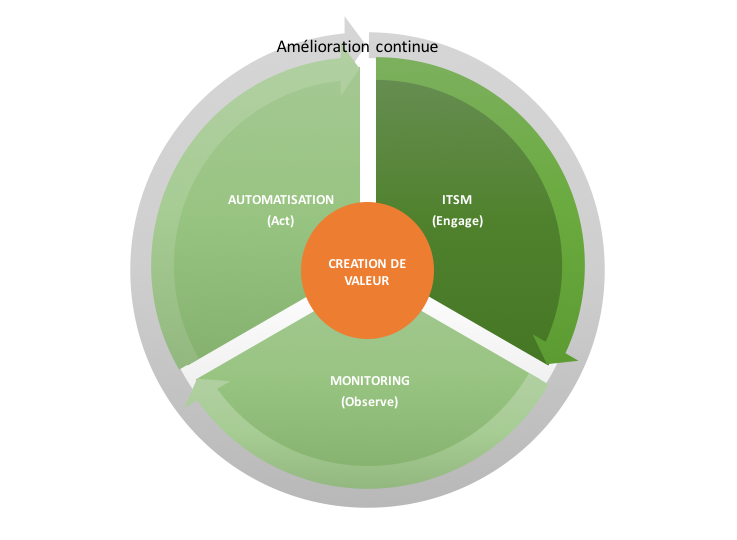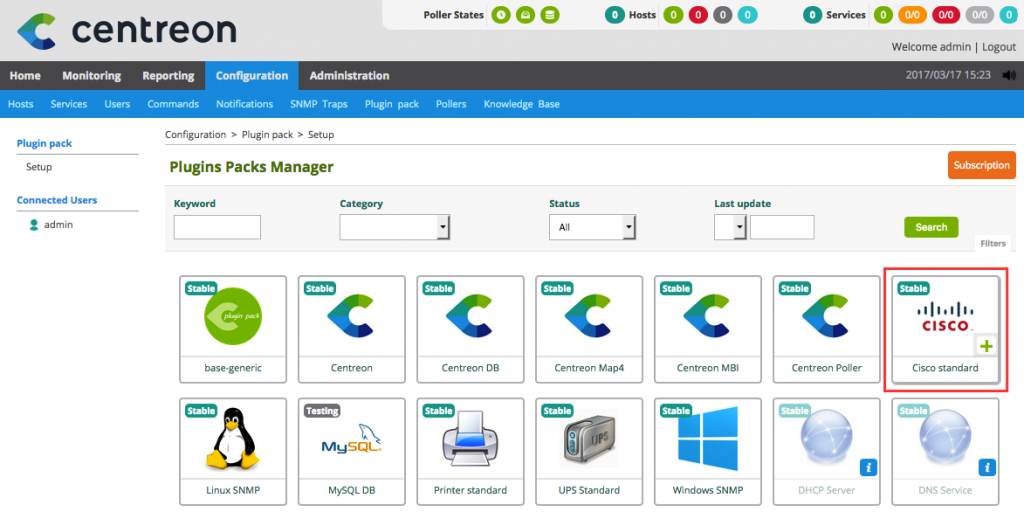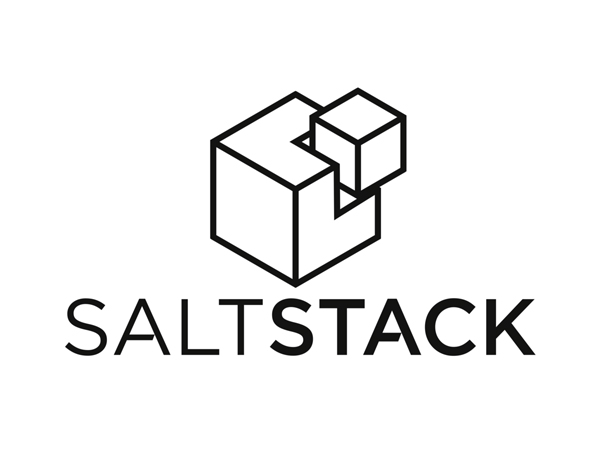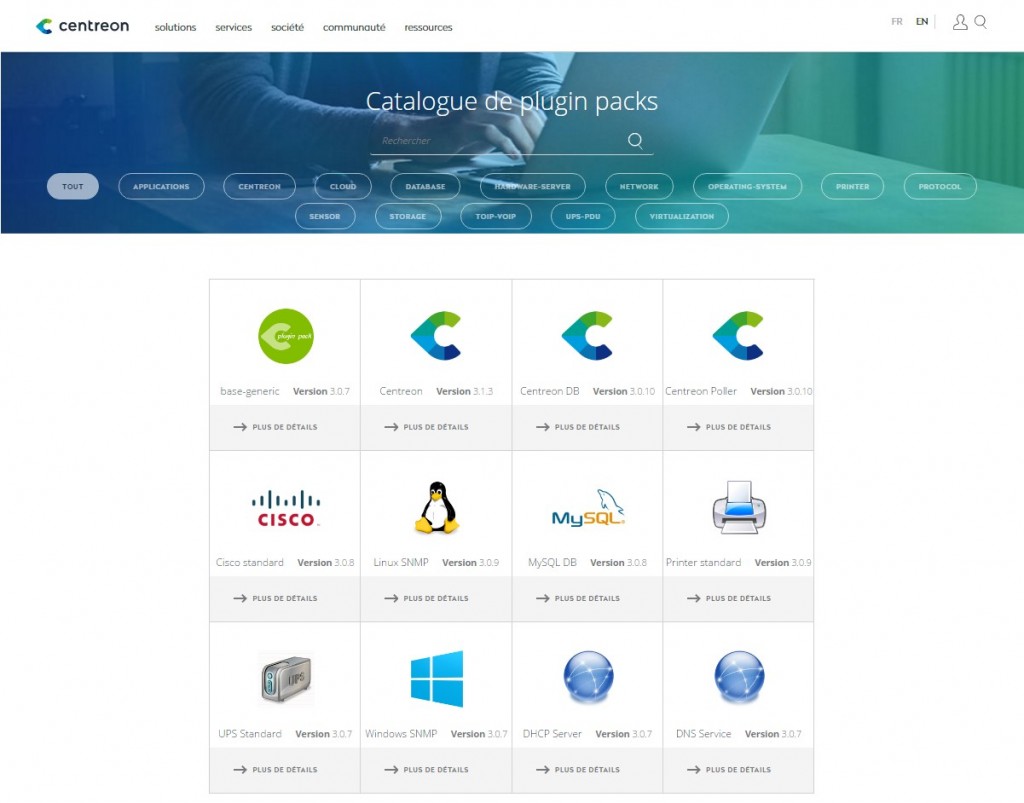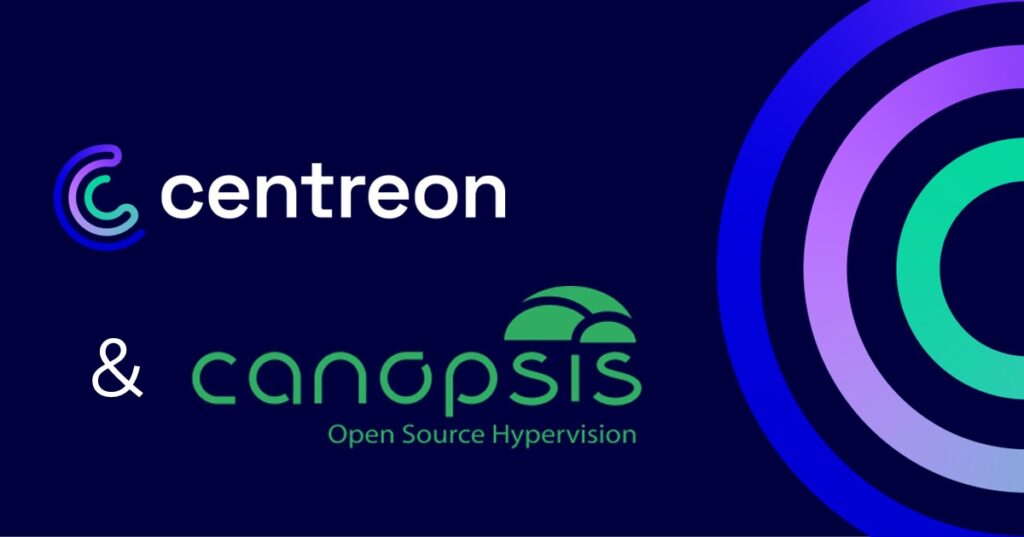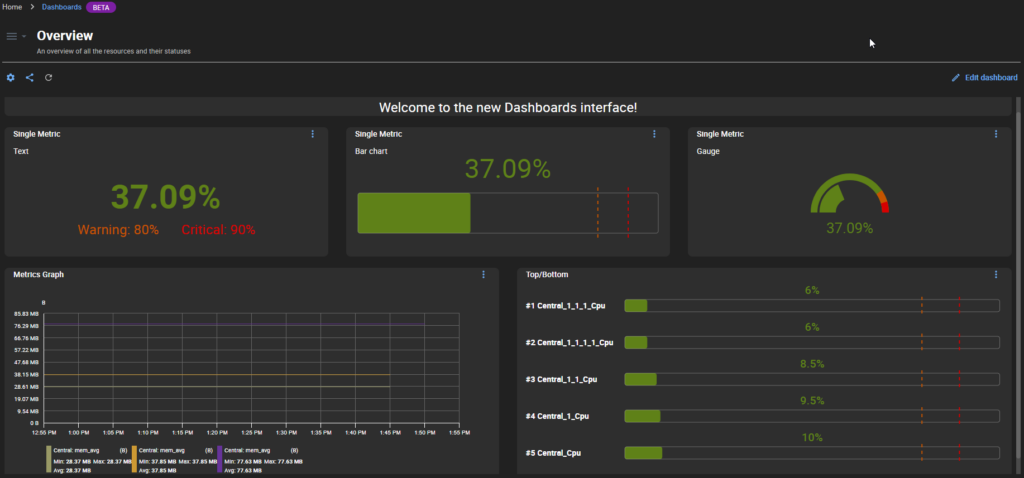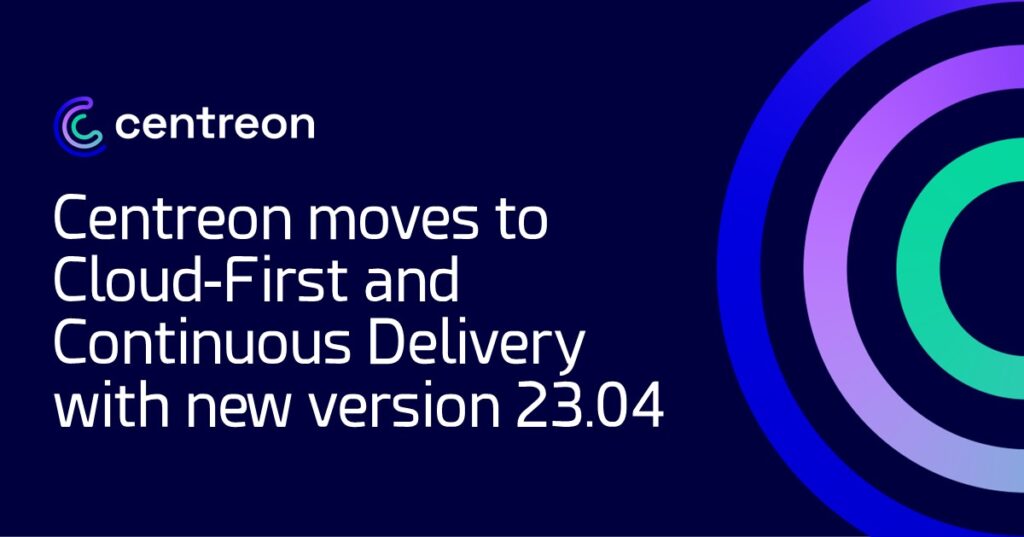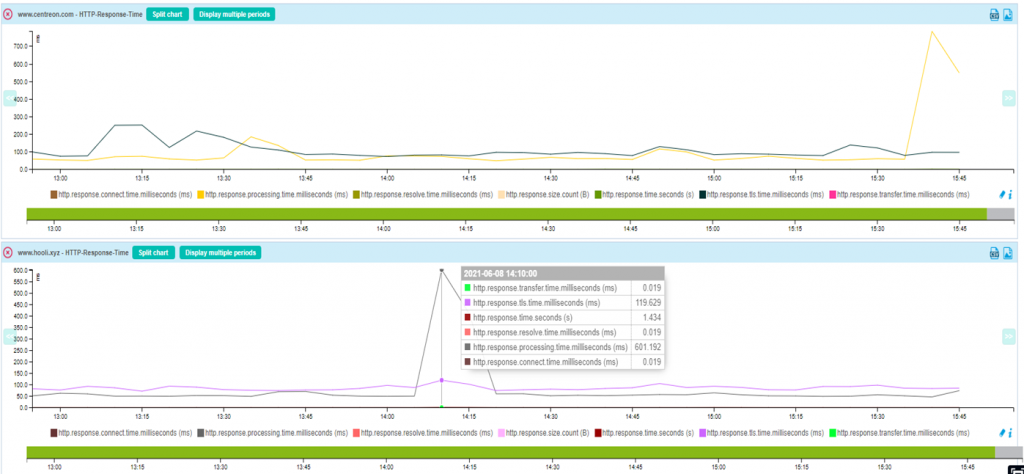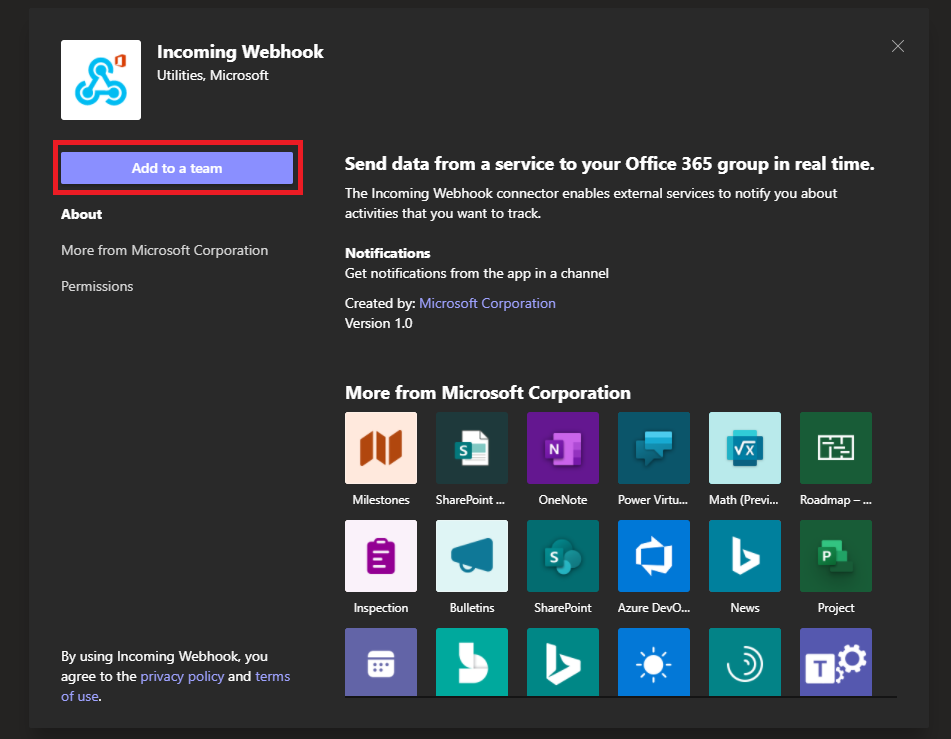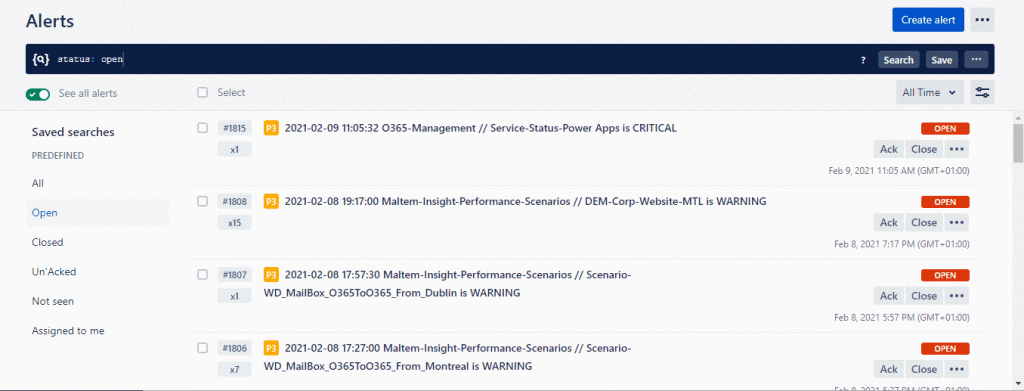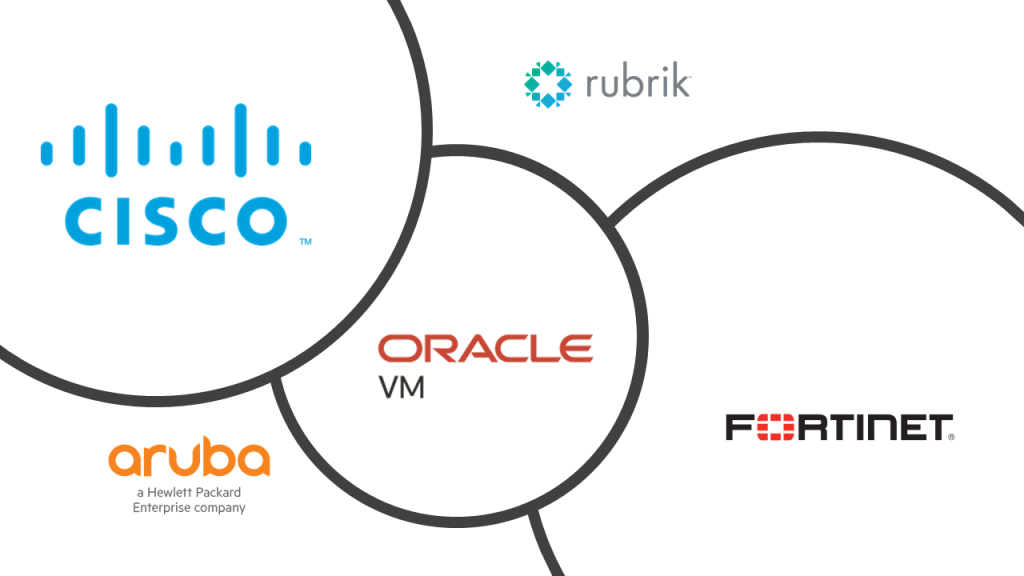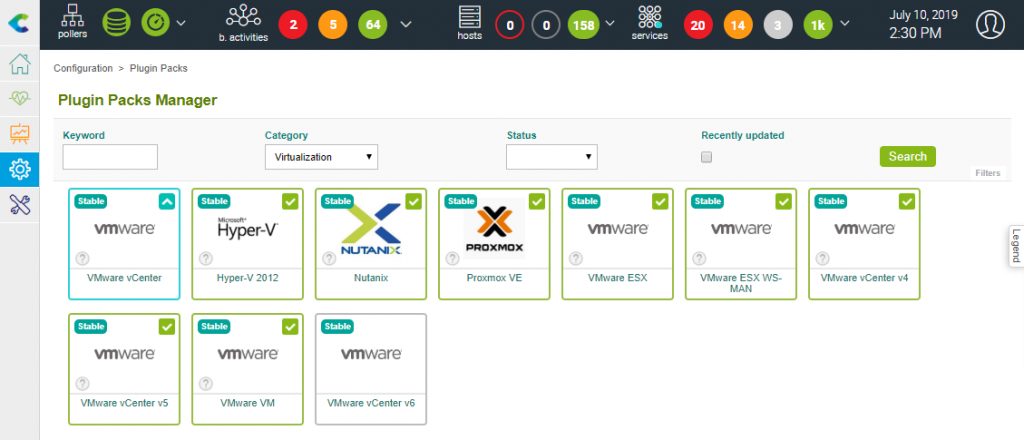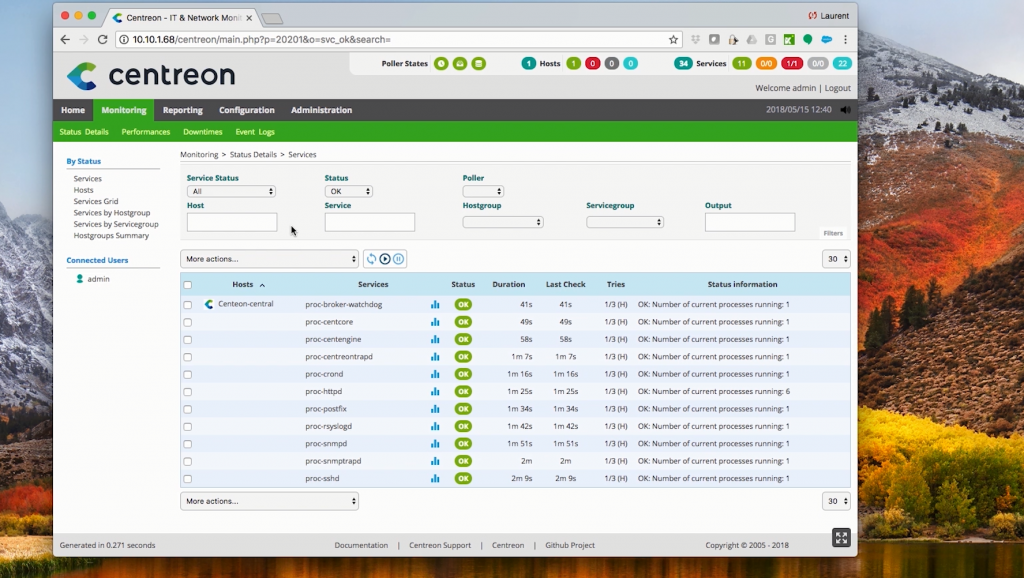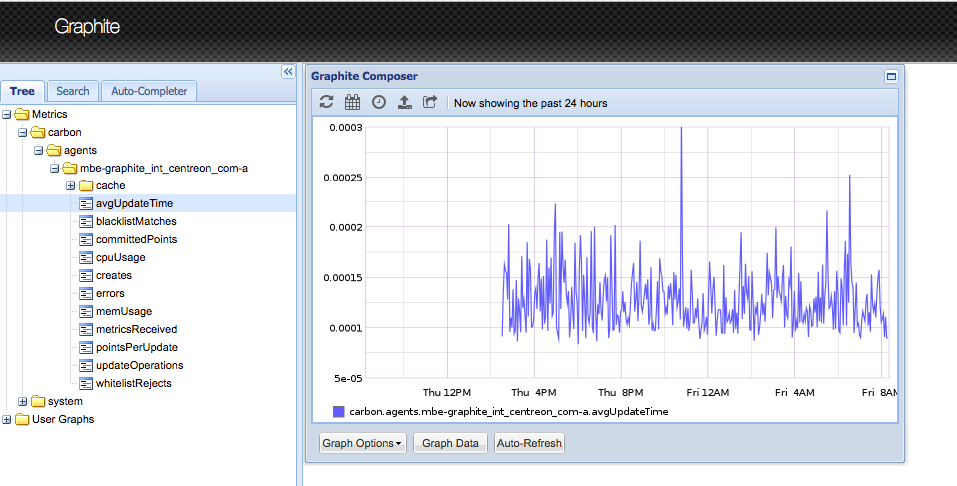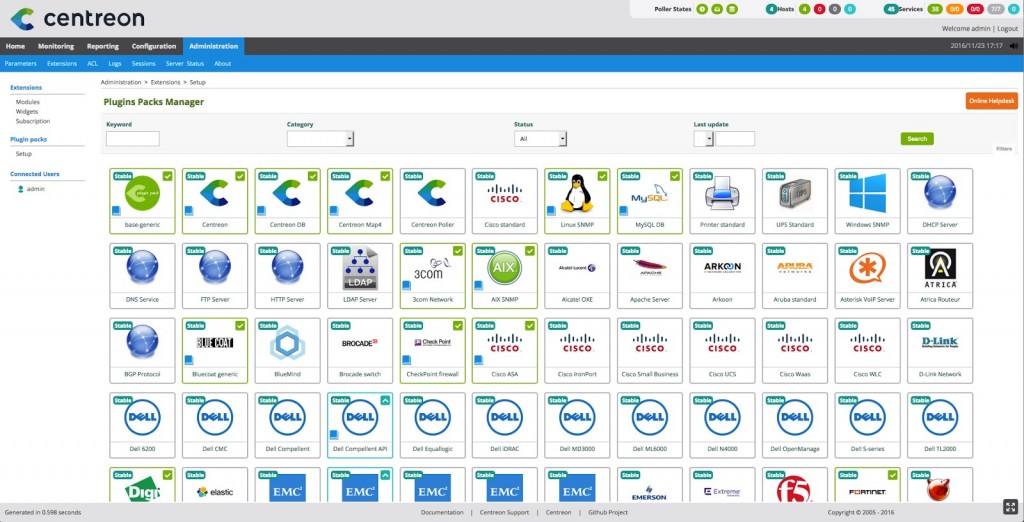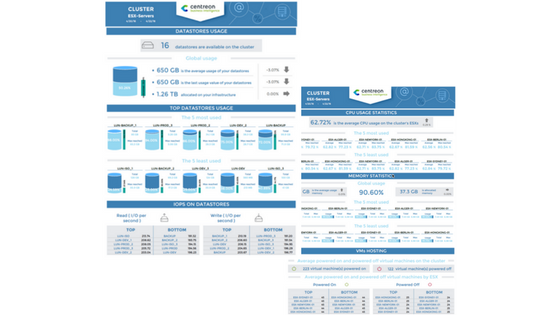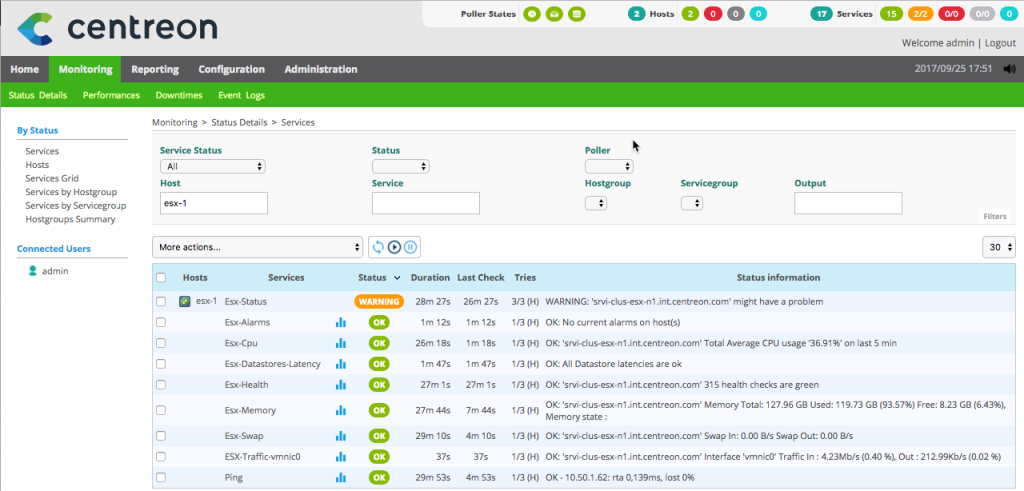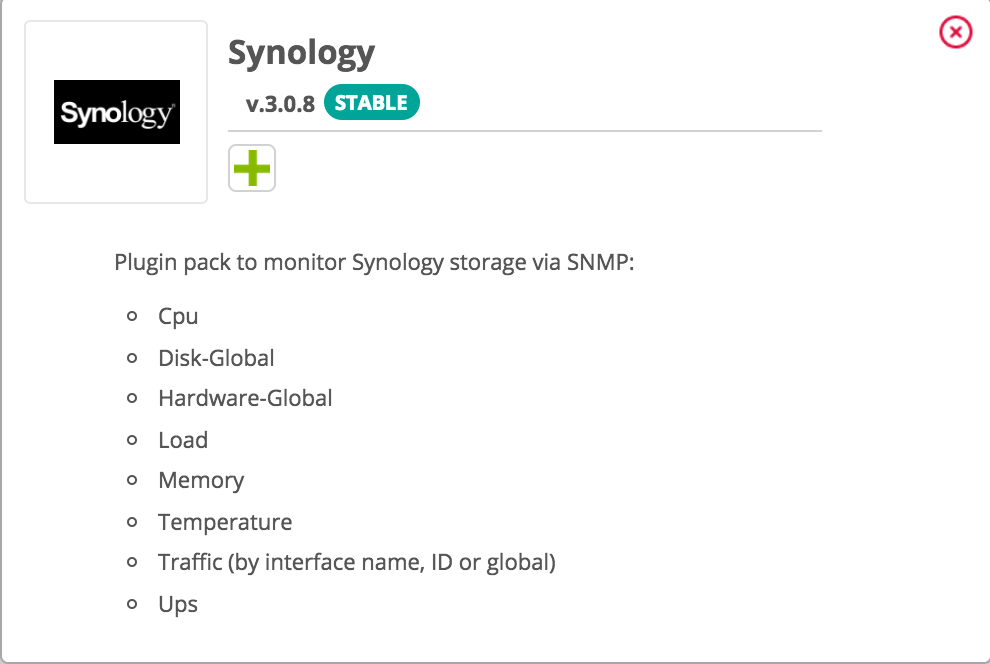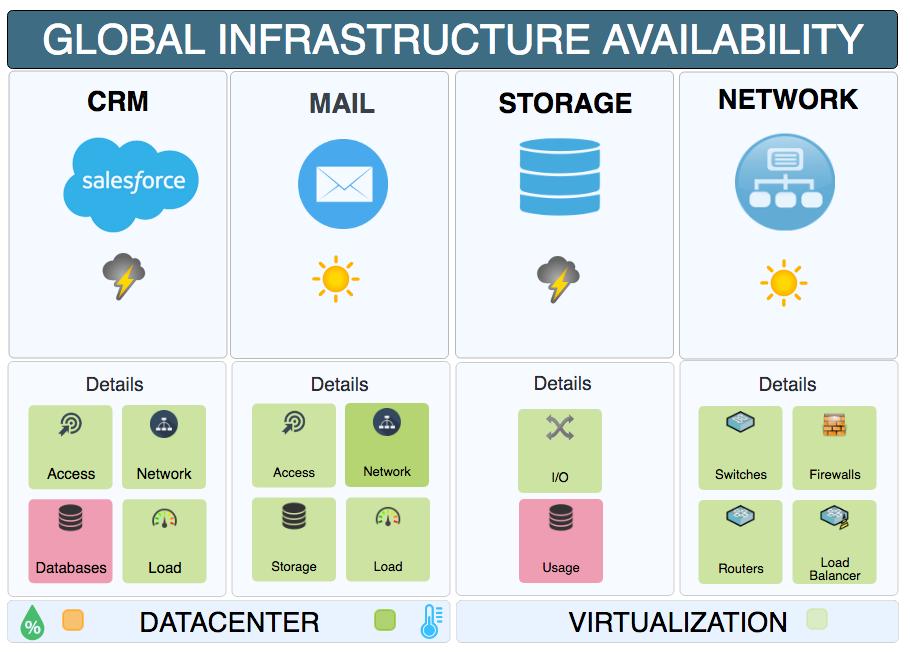Application Server Monitoring
Back to glossaryWhat is Application Server Monitoring?
Application Server Monitoring is a critical IT practice that involves the continuous observation, measurement, and analysis of application servers to ensure they operate efficiently, securely, and reliably. Application servers are a vital component in modern IT infrastructure, hosting web applications and services that support business operations. They act as intermediaries between clients (users) and back-end resources like databases and business applications. Given their central role, monitoring these servers is essential for maintaining system performance, preventing downtime, and ensuring a seamless user experience.
Key Components of Application Server Monitoring
- Performance Monitoring: This aspect focuses on tracking key performance indicators (KPIs) such as response time, CPU and memory usage, disk I/O, and network latency. By monitoring these metrics, IT teams can identify bottlenecks, optimize resource allocation, and ensure that the server can handle the workload efficiently.
- Resource Utilization Monitoring: Monitoring the utilization of resources such as CPU, memory, and storage helps in understanding how effectively an application server uses its resources. This is crucial for capacity planning, preventing resource exhaustion, and optimizing server performance.
- Application Monitoring: This involves tracking the performance and health of the applications hosted on the server. It includes monitoring application-specific metrics, error rates, transaction times, and user sessions. Application monitoring helps in detecting issues such as slow application responses, errors, or crashes, enabling quick resolution.
- Security Monitoring: Given the sensitive nature of data and transactions handled by application servers, security monitoring is essential. This includes monitoring for unauthorized access attempts, potential security breaches, vulnerabilities, and compliance with security policies. Security monitoring helps protect the server from threats such as malware, DDoS attacks, and data breaches.
- Log Management and Analysis: Application servers generate extensive logs that provide valuable insights into their operation. Log management involves collecting, storing, and analyzing these logs to identify issues, track server activity, and ensure compliance. Tools like ELK Stack (Elasticsearch, Logstash, Kibana) are commonly used for log management and analysis.
- Alerting and Reporting: Effective monitoring systems include alerting mechanisms to notify IT teams of any anomalies or issues in real-time. This enables prompt action to prevent or mitigate problems. Reporting tools help in generating detailed reports on server performance, usage trends, and incident history, aiding in strategic planning and decision-making.
Benefits of Application Server Monitoring
- Improved Performance and Efficiency: By continuously monitoring application servers, organizations can optimize server performance, ensuring that applications run smoothly and efficiently. This leads to better resource utilization and cost savings.
- Enhanced Security: Continuous monitoring of security-related metrics helps in early detection and prevention of potential security threats, safeguarding sensitive data and maintaining compliance with industry standards.
- Reduced Downtime: Proactive monitoring helps in identifying and resolving issues before they escalate, minimizing downtime and ensuring high availability of applications and services.
- Better User Experience: Ensuring optimal server performance and quick issue resolution leads to a better user experience, which is crucial for customer satisfaction and retention.
- Data-Driven Decision Making: Monitoring provides valuable data that can be used to analyze trends, predict future needs, and make informed decisions about infrastructure upgrades or changes.
Challenges in Application Server Monitoring
- Complexity of Modern IT Environments: With the increasing use of cloud services, microservices, and distributed architectures, monitoring application servers has become more complex.
- Data Overload: The volume of data generated by monitoring tools can be overwhelming. Organizations need robust data management and analytics solutions to effectively process and analyze this data.
- Integration with Existing Systems: Integrating monitoring tools with existing IT infrastructure and processes can be challenging, requiring careful planning and execution.
Conclusion
Application Server Monitoring is an indispensable practice for ensuring the optimal performance, security, and reliability of application servers. By providing continuous visibility into server health and performance, it enables organizations to proactively manage their IT infrastructure, prevent issues, and deliver a seamless user experience. Despite the challenges, the benefits of effective monitoring—such as improved performance, enhanced security, and reduced downtime—make it a critical component of modern IT operations.
Pages linked on this
Ready to see how Centreon can transform your business?
Keep informed on our latest news



